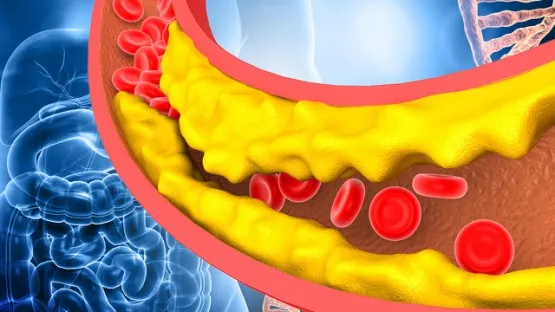
Revolutionary 'Three-Tailed' Lipid: The Key to Cell Survival During Heart Attacks and Strokes!
2025-09-05
Author: Yu
In the critical moments of a heart attack or stroke, our cells spring into action, unleashing a series of emergency mechanisms designed to safeguard both themselves and our bodies. Scientists have long noted that during such crises, the production of a remarkable three-tailed lipid molecule surges dramatically, but its crucial role remained a mystery—until now.
Cornell researchers have finally cracked the code on this lipid, known as N-acylphosphatidylethanolamine (NAPE). Their groundbreaking study reveals that this molecule plays a vital role in cellular survival by helping cells expel lactic acid, a toxic byproduct that accumulates when oxygen is scarce. This discovery suggests that enhancing or mimicking NAPE could potentially protect our tissues from damage during heart attacks or strokes.
Published on September 5 in the Journal of the American Chemical Society, the study was spearheaded by graduate student Din-Chi Chiu and associate professor Jeremy Baskin, who leads research at Cornell’s Department of Chemistry and Chemical Biology.
"When blood flow is interrupted during a heart attack or stroke, affected cells scramble to generate energy for survival," Baskin notes. "Initially, cells rely on mitochondria for energy, but when oxygen is low, they switch to a faster, albeit less efficient, method called glycolysis. This quick fix produces lactic acid, which can become toxic if allowed to accumulate. Thus, cells must actively remove it to avoid damage."
Studying NAPE directly posed challenges, due to its water-repellent nature and fleeting lifespan in cells. The research team overcame this obstacle by developing a chemical probe that illuminated NAPE’s interactions with proteins under UV light, enabling them to track its activity.
They discovered that NAPE binds to key proteins on cell surfaces, particularly CD147 and CD44, which regulate how lactic acid is transported in and out of cells. Their experiments demonstrated that an increase in NAPE levels significantly enhanced lactate export, and blocking the transporters negated this effect.
Baskin emphasizes a paradigm shift: "We now view NAPE as a signaling molecule, integral to the body’s protective response during harmful events like heart attacks or strokes." This pivotal finding opens the door to possible therapies aimed at raising NAPE levels to minimize tissue damage in acute cardiovascular crises.
The research team is now investigating various forms of NAPE to determine if they can fine-tune the regulation of lactic acid differently. They're also keen to explore NAPE’s potential roles in other tissues beyond just the heart and brain.
Baskin notes, "Upcoming studies in heart and brain tissues will directly test these hypotheses. If our findings are validated, they could pave the way for innovative treatments to bolster NAPE levels and protect against severe tissue damage during cardiovascular emergencies."
The research was supported by the National Institutes of Health and the Howard Hughes Medical Institute, with contributions from graduate student Yuan-Ting Cho and professor Hening Lin from the University of Chicago.


 Brasil (PT)
Brasil (PT)
 Canada (EN)
Canada (EN)
 Chile (ES)
Chile (ES)
 Česko (CS)
Česko (CS)
 대한민국 (KO)
대한민국 (KO)
 España (ES)
España (ES)
 France (FR)
France (FR)
 Hong Kong (EN)
Hong Kong (EN)
 Italia (IT)
Italia (IT)
 日本 (JA)
日本 (JA)
 Magyarország (HU)
Magyarország (HU)
 Norge (NO)
Norge (NO)
 Polska (PL)
Polska (PL)
 Schweiz (DE)
Schweiz (DE)
 Singapore (EN)
Singapore (EN)
 Sverige (SV)
Sverige (SV)
 Suomi (FI)
Suomi (FI)
 Türkiye (TR)
Türkiye (TR)
 الإمارات العربية المتحدة (AR)
الإمارات العربية المتحدة (AR)